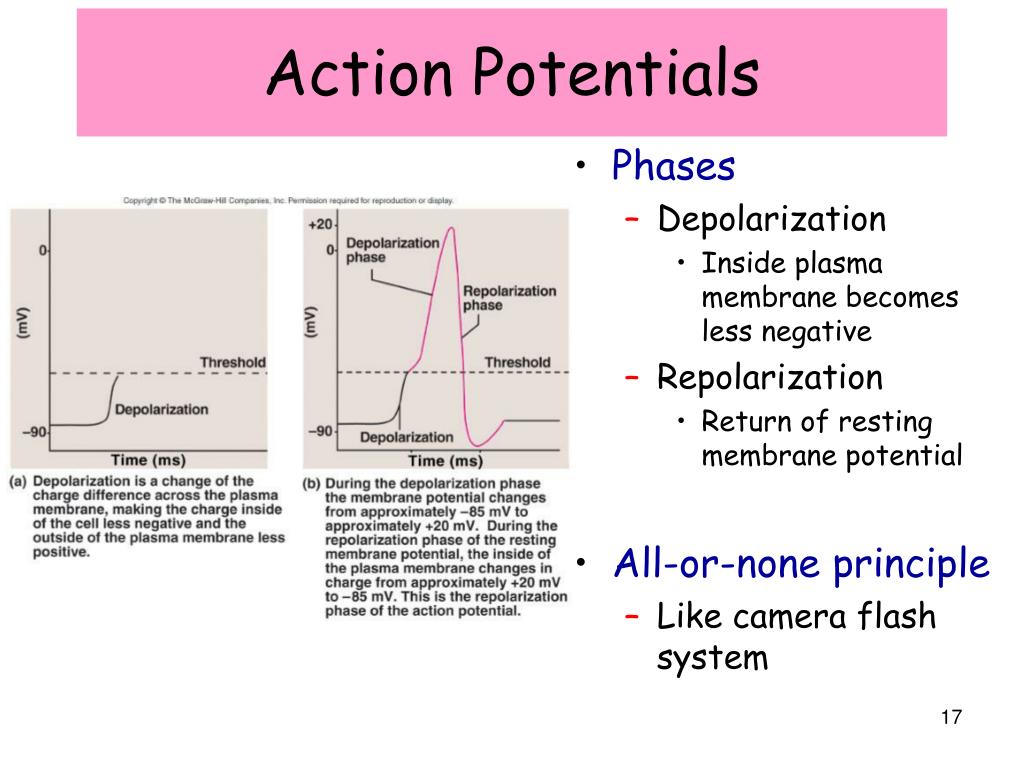

“quantal step like” nature of conscious perception. paper cannot be conclusive in settling the issue about graduality vs. Yet, in spite of these advantages Sekar et al. Using MEG ( Sekar et al., 2013) these limitations were surpassed at once. Furthermore, recently it was shown that subjective experience of a stimulus can vary between “seen” and “unseen” while fMRI recording data could not differentiate between these two alternative conditions ( Schoenfeld et al., 2011). In the majority of earlier research on NCC the recording methods have been either slow (fMRI, PET) or fast but controversial in terms of source analysis (EEG). Obviously, temporal resolution of the brain-imaging methods suitable for studying the fast formation of conscious perception should be compatible with the corresponding fast brain processes on the other hand, to understand the precise brain circuits involved in producing conscious perception, imaging should enable 3D analysis.

Furthermore, while in the majority of earlier research on NCC objective categorical responses have been used as the dependent measure, graded subjective responses in addition to objective discrimination measures were used ( Sekar et al., 2013). (2013) kept threshold-level stimulation invariant and measured variable MEG responses as a correlate of the varying subjective responses, avoiding co-variation between the effects of varying physical stimulation and brain processes underlying subjective phenomena. Several features of this work make it a landmark contribution to the research on neural correlates of consciousness (NCC).Ī confound between physical variability of stimulation and the putative NCC-markers has been a typical obstacle for obtaining clearcut information on NCC ( Bachmann, 2009). The different subjective gradations used for sampling the trials for comparative event-related fields (ERF) analysis were “didn't see” for the unaware condition and “couldn't identify,” “unsure,” and “sure” for the three conditions with changing awareness levels. Conscious experience was interpreted as emerging according to the all or none, rule. Importantly, this MEG-marker was expressed with an equal magnitude across trials where subjects reported different subjective gradations of stimulus experience, but was decreased when no awareness was reported. (2013) recorded neuromagnetic responses in temporoparietal channels and found that the MEG response peaking about 240 milliseconds (ms) after stimulus reliably discriminated trials with stimulus awareness from trials lacking stimulus awareness. Recently, a notable study was published trying to shed light on this unsolved problem ( Sekar et al., 2013). For example, we do not know whether conscious experience of a stimulus is a gradually emerging attribute of the activity of the corresponding neural circuits or is it an effect appearing abruptly as soon as a corresponding neural marker appears. Yet, many principal questions have remained without answers. For instance, specific and non-specific thalamocortical systems provide circuits for representing the contents and guaranteeing the state of consciousness ( Ribary, 2005 Liu et al., 2013), processes in the higher level sensory-perceptual cortical areas tend to correlate with awareness more than the processes in the primary areas ( Logothetis et al., 1996 Hesselmann et al., 2011), reentrant activity from higher to lower level nodes seems to constitute a typical feature of circuits involved in conscious perception ( Lamme, 2010), etc. Nobody denies accumulation of pertinent data on where and how the changes in neural activity correlate with conscious experience. We even do not know whether this owes to the alternating activity of different circuits, the change in the activity of the same circuits, or both.

For example, it seems somewhat mysterious how one and the same structure of neural circuits-the human brain-sometimes allows conscious experience and sometimes does not allow it.

What are the true functional underpinnings of perception, emotion, consciousness, and subconscious processes remains an unsolved question ( Alivisatos et al., 2012).


 0 kommentar(er)
0 kommentar(er)
